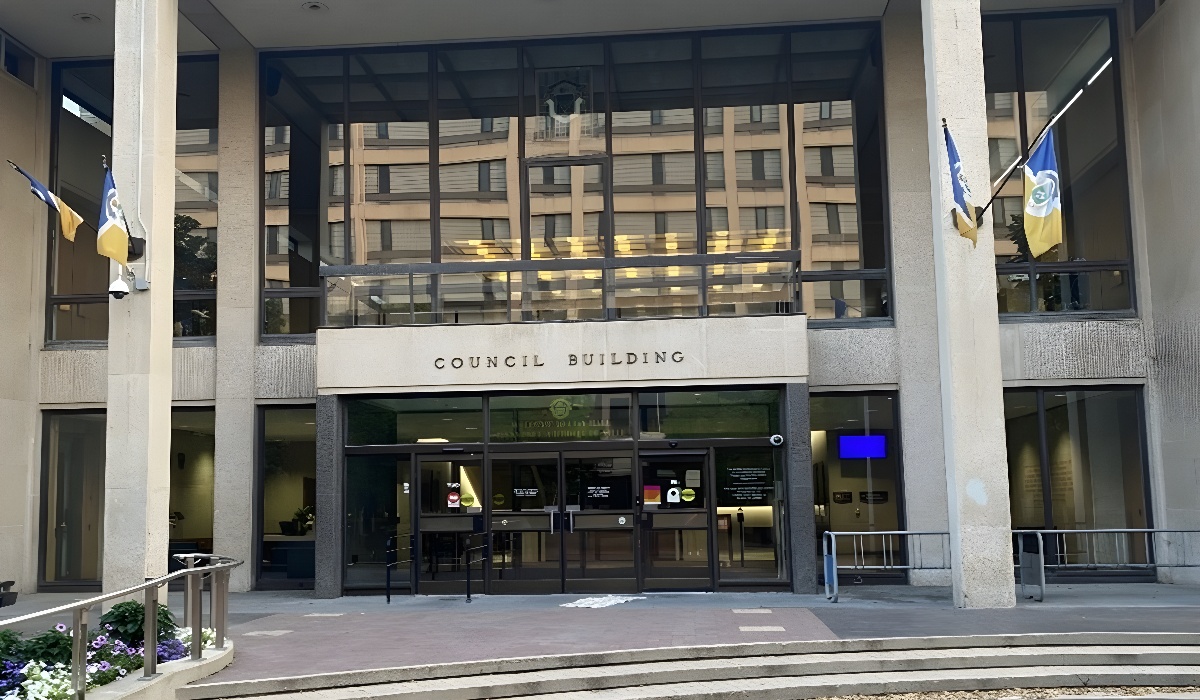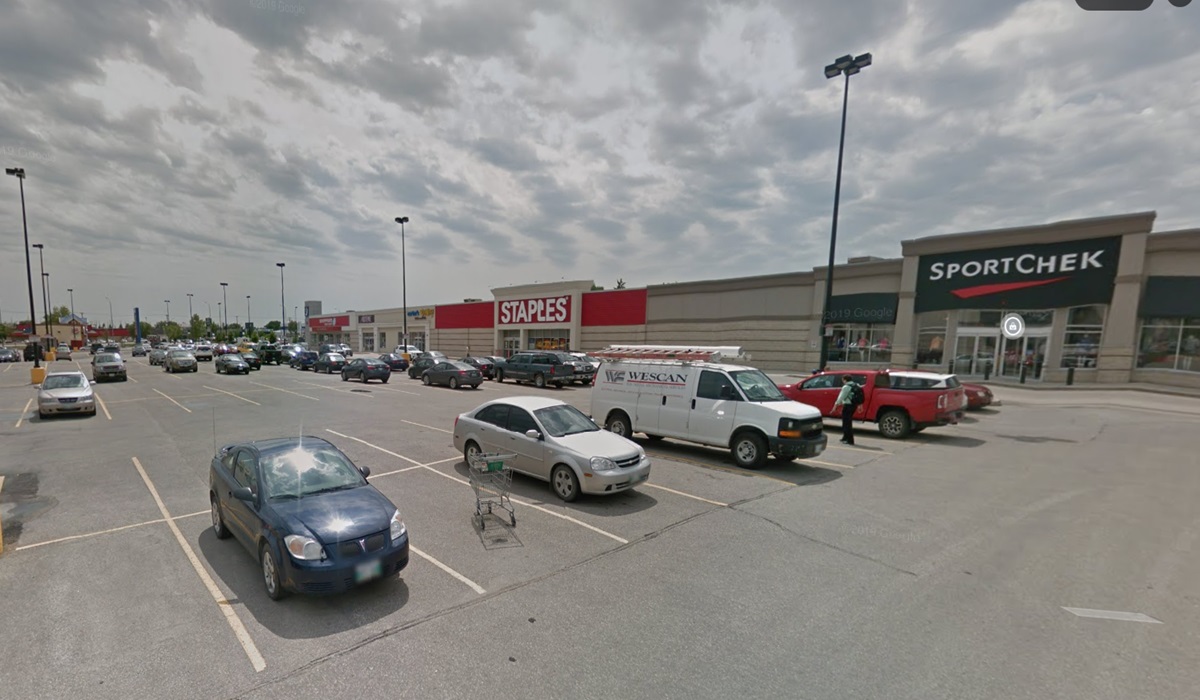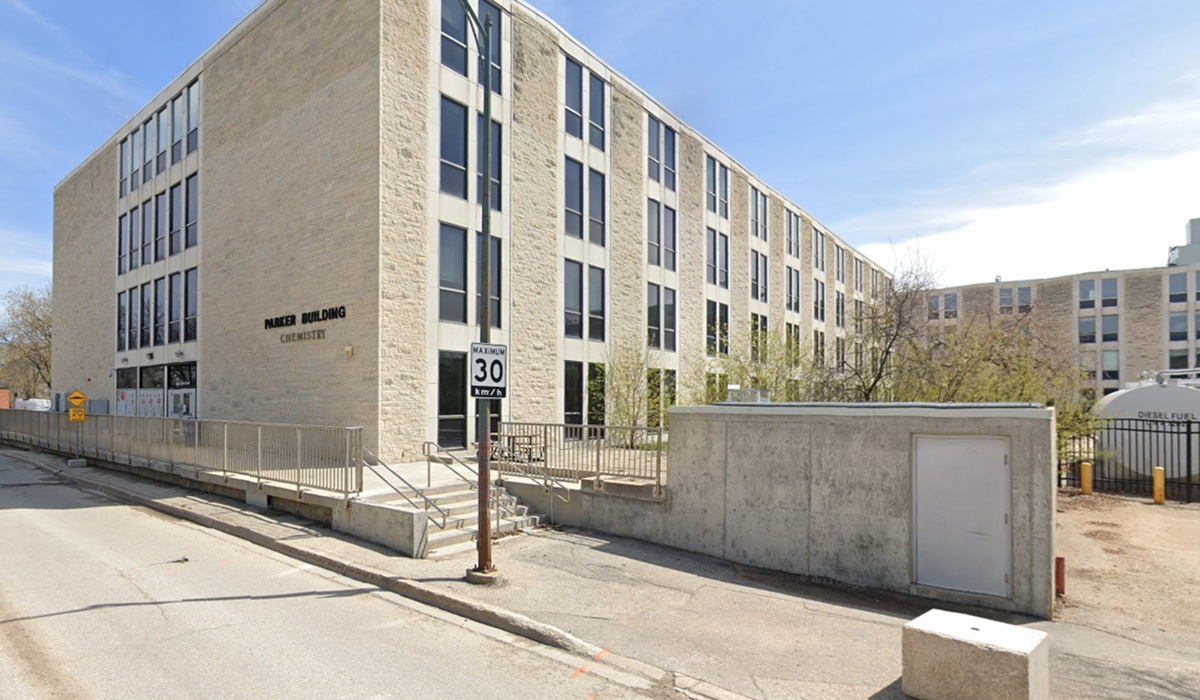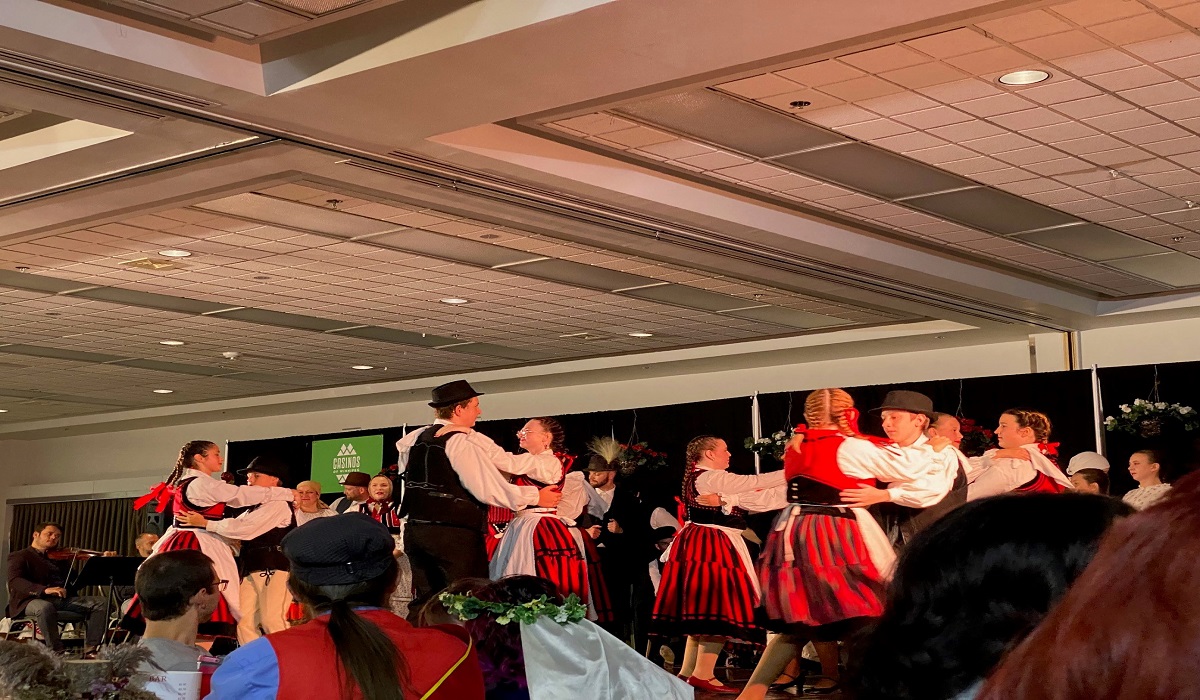Minister MacAulay Honours Veterans; Commissions National Monument For Canadians Who Served In Afghanistan
- TDS News
- Atlantic Canada
- Eastern Canada
- Northern Canada
- Western Canada
- January 3, 2020

The Government of Canada recognizes the importance of having a special place to honour the more than 40,000 Canadians in uniform—as well as the hundreds of civilians and government officials—who served in Afghanistan between 2001 and 2014.
Canada owes deep gratitude for the sacrifices made by Canadians who lost their lives or were injured—physically and psychologically—in Canada’s mission in Afghanistan.
During Canada’s mission in Afghanistan, 158 Canadian Armed Forces members died, as well as seven Canadian civilians including a diplomat, four aid workers, a government contractor, and a journalist.
The goal of this initiative is to create an enduring monument in the Nation’s Capital to those Canadians who served in Canada’s whole-of-government mission in Afghanistan, as well as to those Canadians who provided support at home.
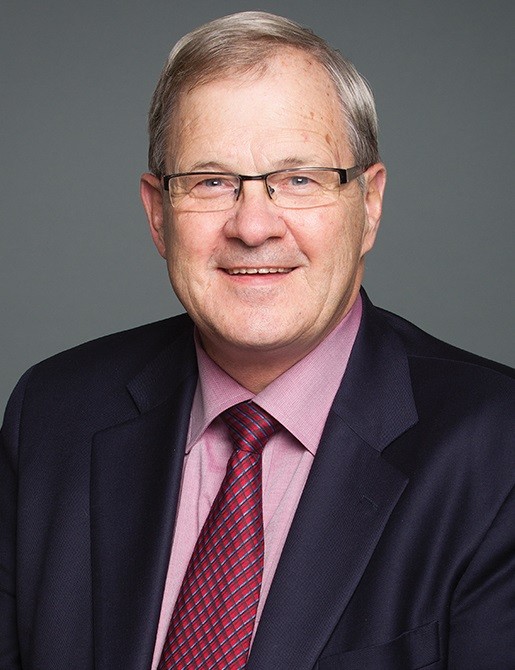
The National Monument to Canada’s Mission in Afghanistan will recognize the commitment and sacrifice of Canadians who served in Afghanistan, as well as the support provided to them by Canadians at home. Your opinion matters. I invite all Canadians, and most specifically Veterans and their families, to share their thoughts on design considerations for the Monument. Your input will help us create a monument so future generations have an opportunity to learn more about Canada’s Mission in Afghanistan.
The Honourable Lawrence MacAulay, Minister of Veterans Affairs and Associate Minister of National Defence
On June 20, 2019, the National Capital Commission Board of Directors granted Federal Land Use Approval of the proposed LeBreton Flats location in Ottawa for the National Monument to Canada’s Mission in Afghanistan.
The National Monument to Canada’s Mission in Afghanistan will be located on LeBreton Flats in Ottawa, the traditional territory of the Algonquin Anishnaabeg People. The site is located across the street from the Canadian War Museum on the east side of Booth Street, north of the National Holocaust Monument. The site is located in an area of high public visitation and can easily be made universally accessible.

